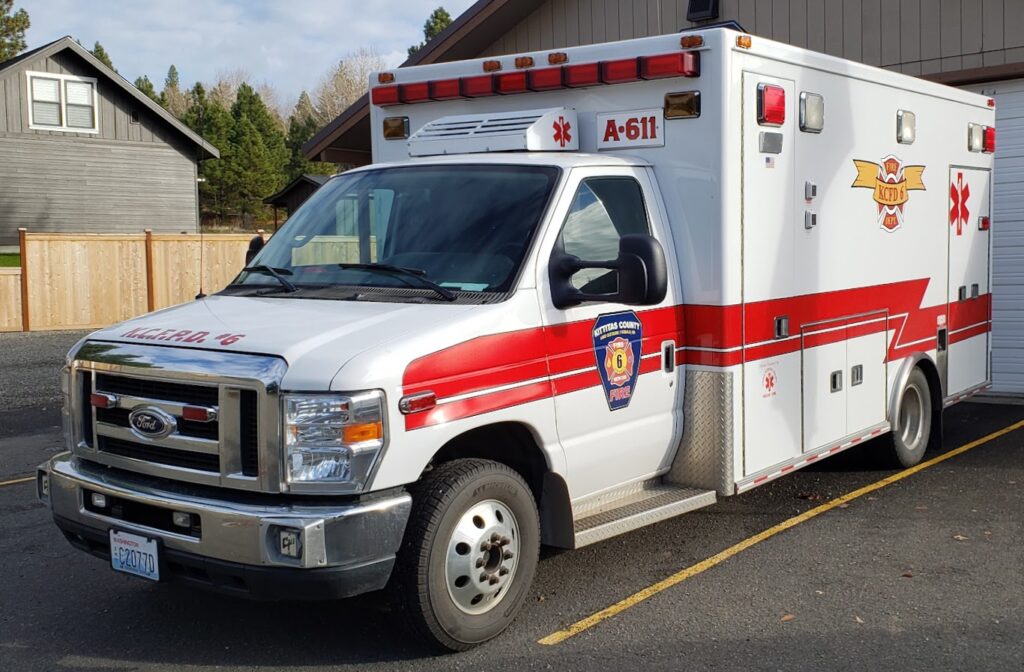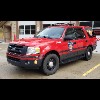The Public Protection Classification (PPC) program is a community fire protection scoring system based on a Fire Suppression Rating Schedule (FSRS) used by the Insurance Services.
Classification Descriptions
Class 1-8: The fire suppression system includes an FSRS creditable dispatch center, fire department, and water supply.
Class 8B: Is an exception for Class 9 areas that have a superior fire protection system but lack the FSRS minimum water criteria.
Class 9: The fire suppression system includes a creditable dispatch center, fire department, but no FSRS minimum water supply.
Class 10: Does not meet minimum FSRS criteria for recognition
Currently Kittitas County Fire Protection District 6 ranges in classification between 5-6 depending on your home’s proximity to one of our 3 stations and fire hydrants.
Kittitas County Fire Protection District 6
Kittitas County Fire Protection District 6 has a paid Fire Chief, a paid Assistant Fire Chief of Operations, and a part time paid Captain of Community Health – otherwise, an all-volunteer fire district. We serve a growing population of residences and businesses in a predominantly wildland urban interface. We provide both fire and EMS services to our district. Our district includes the town of Ronald, and the surrounding area of Lake Cle Elum, including the Lake Cle Elum Dam. Within the KCFPD6 boundaries are many vacation rental cabins, which increases our population exponentially during the summer and winter months. In addition, our district has several USFS campgrounds, which brings a substantial influx of visitors each year. This community is a popular destination for day and week-end visitors year-round, for camping, hiking, boating, snowmobiling, snow shoeing, and other recreational activities. Within our district, there are also several commercial properties, including a motel/restaurant, a general store, post office, a snowmobile and watercraft rental business, and Roslyn Ridge, which is an expansive modern living community that contains private homes, condos, rental units, and an activity center.
Apparatus
KCFPD6 has a command vehicle on duty 24/7 staffed with the fire chief or other district officer. We also staff 2 brush trucks during the wildland fire season to quickly respond to brush fires within the district or, assist our mutual aid partners with a brush fire within their boundaries. We respond quickly to structure fires with two 1,000 gallon 4×4 pumper engines and two 3,000 gallon water tenders/tankers. One of our tenders/tankers is also classified as a pumper. Please see the apparatus table below for pumper and tender/tanker specification.
Water Resource Map / Hydrants and Standpipes
Training
Kittitas County Fire Protection District #6 has a robust training program in which we log roughly 375 hours of ongoing training per month related to FF skill sets and another 40 hours of ongoing training per month related to EMS. Each month we have scheduled drills on Wednesday evenings and make up drills on Saturday mornings. Drills consist of a classroom lesson followed by hands on which will take place at the station or many times, out in the community. All training is designed to cover the mandatory requirements to meet the WAC and NFPA for new recruits. KCFPD#6 also pays to send volunteer firefighters to the Washington State Fire Academy to obtain their initial FFI and FFII credentials. KCFPD#6 also uses a supplemental online training program – Action online Training. This online training is also used by our mutual aid partners to ensure continuity in training. Each Quarter, we host a multi-company training scenario with one of our mutual aid partners where we simulate a structure fire and/or wildland fire scenario.





